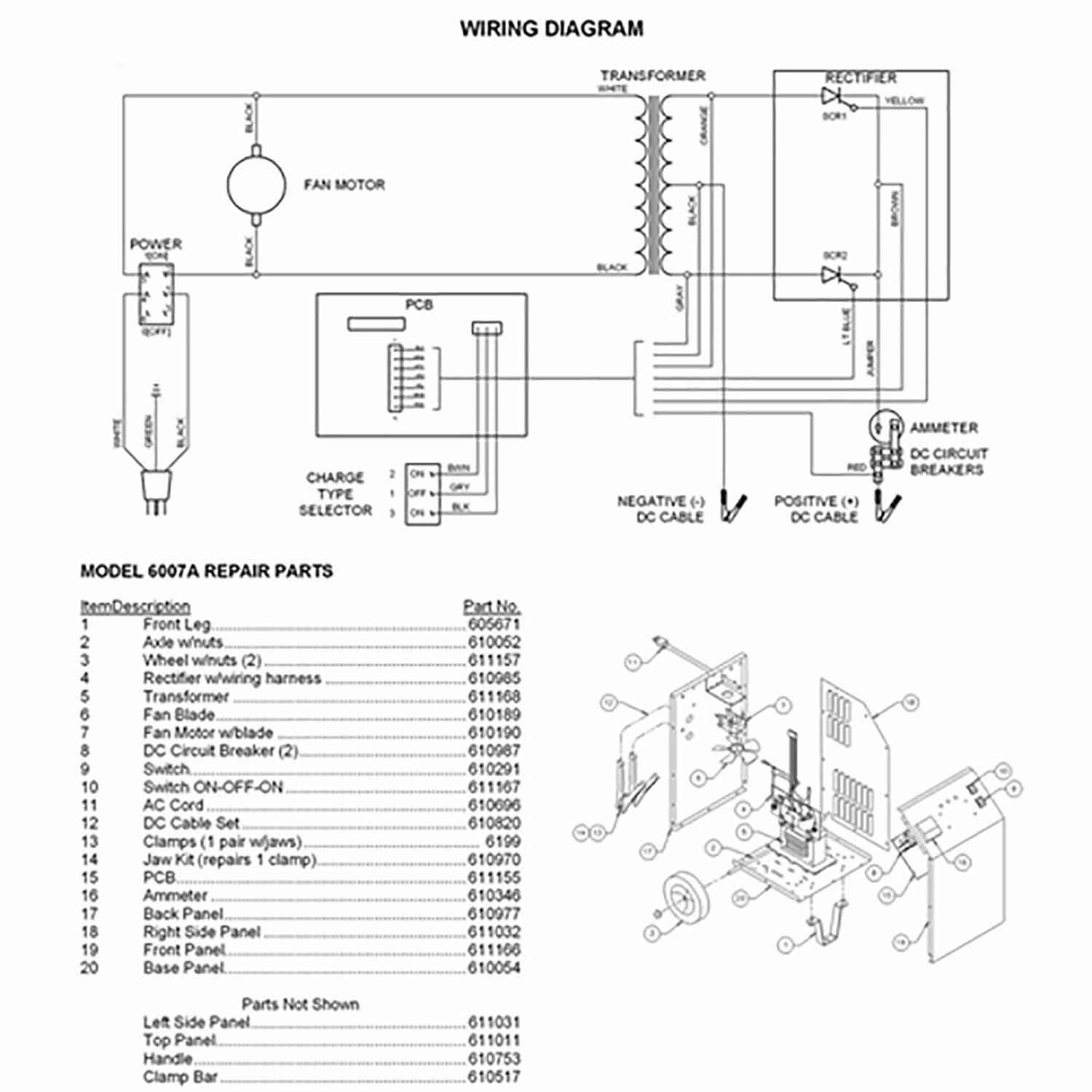dreadlocks
Well-known member
@shade, well yeah.. but at least its not trying to overload it for 5-6h.. only a couple  (hint: you really should have a DC charger for a LFP, dont trust your alternator not to cook everything.)
(hint: you really should have a DC charger for a LFP, dont trust your alternator not to cook everything.)
@67cj5, yes thats pretty much it.. you hook it up to a 10A charger it'll take 10A til its full.. you hook it to a 100A charger and it'll take 100A til its full.. it behaves nothing like lead batteries, if you drain a 100AH lead battery down to the danger zone, you might see that 20A charger hit peak power.. for 30mins or so, and then slowly starts shedding amps until its sitting in absorb, barely putting out anything.. trying to stuff that last 20% of the charge down the battery's throat.
If you want a bad fluid analogy, charging a lead battery is like a gravity fed system... as more liquid drains out of the tank above you, less pressures on it so the flow goes down and everything slows down... charging a LFP battery is like having a big firetruck pump hooked up to it, its gonna transfer fluid at 100% all the way til its done.. at rates your not gonna get out of a reasonable gravity system.. and if continue my poor analogy, your lead storage tank will rust if its not full and start to take on damage, your LFP tank wont.. in fact it'll last longer if its not always full, counterintuitively.
@67cj5, yes thats pretty much it.. you hook it up to a 10A charger it'll take 10A til its full.. you hook it to a 100A charger and it'll take 100A til its full.. it behaves nothing like lead batteries, if you drain a 100AH lead battery down to the danger zone, you might see that 20A charger hit peak power.. for 30mins or so, and then slowly starts shedding amps until its sitting in absorb, barely putting out anything.. trying to stuff that last 20% of the charge down the battery's throat.
If you want a bad fluid analogy, charging a lead battery is like a gravity fed system... as more liquid drains out of the tank above you, less pressures on it so the flow goes down and everything slows down... charging a LFP battery is like having a big firetruck pump hooked up to it, its gonna transfer fluid at 100% all the way til its done.. at rates your not gonna get out of a reasonable gravity system.. and if continue my poor analogy, your lead storage tank will rust if its not full and start to take on damage, your LFP tank wont.. in fact it'll last longer if its not always full, counterintuitively.
Last edited:

